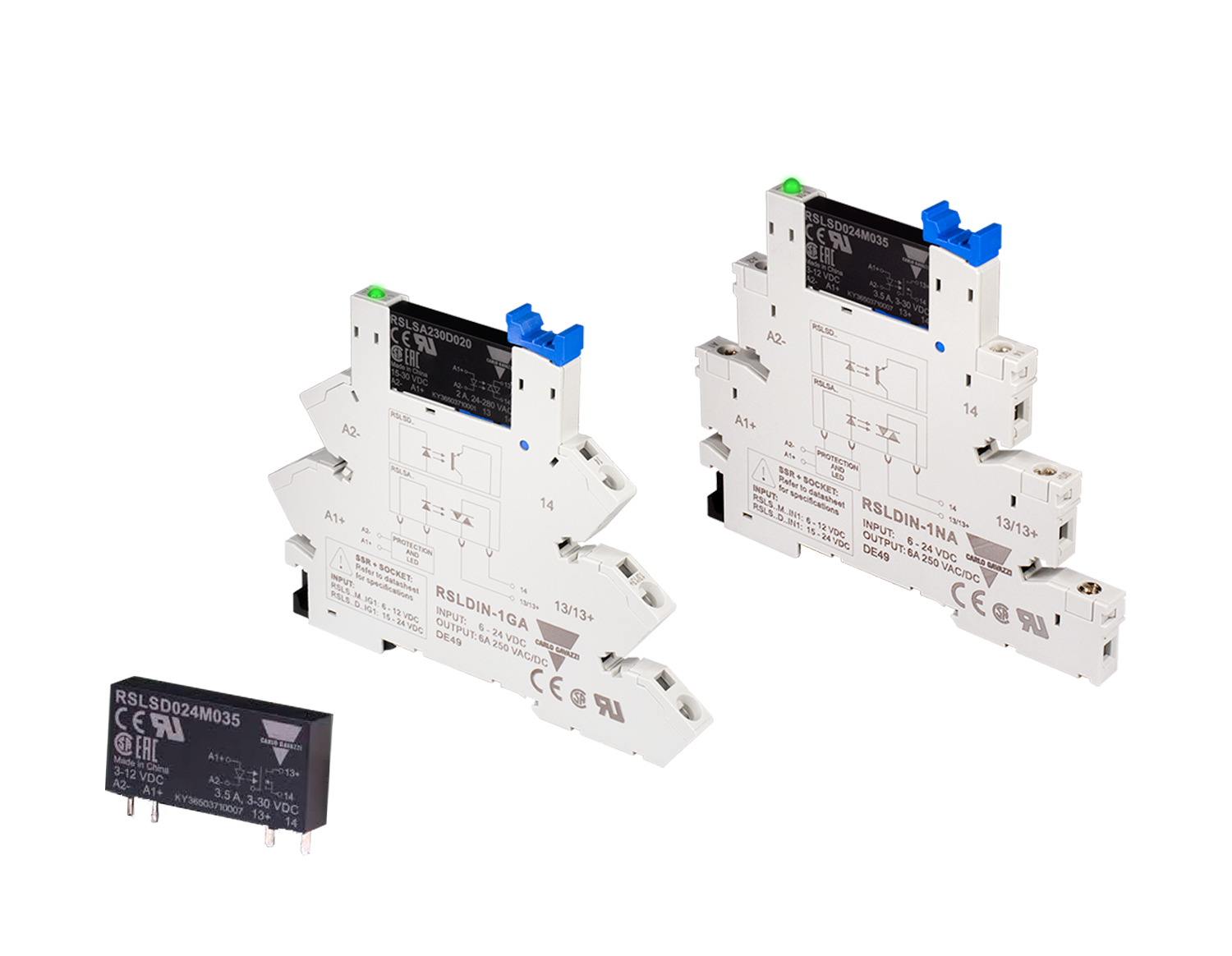These Trends Will Impact Sustainable Industrial Enclosure Cooling in 2025

December 3, 2024
One of the top concerns for manufacturers in 2025 will be finding new processes and solutions to increase their sustainability, particularly when it comes to the amount of energy used to adequately cool industrial enclosures. Achieving sustainable cooling depends largely on creating more efficient cooling systems that reduce waste and enable manufacturers to monitor and adjust cooling outputs in real time.
There are several key trends that will likely impact sustainable industrial enclosure cooling in 2025. This article will look at a couple of these trends and how Rittal’s industrial enclosure cooling solutions can help manufacturing adopt a greener approach to enclosure cooling in the coming year.
Smart technologies will create more flexible climate control ecosystems
Relying on legacy enclosure cooling systems that don’t leverage IIoT or Industry 4.0 connectivity principles presents significant challenges in creating more sustainable cooling practices. These kinds of cooling units require manual intervention to create or adjust targeted cooling, and they also lack the detailed performance data and visibility of that data to make more informed decisions on how cooling power is best allocated.
Plus, the lack of digital connectivity makes it difficult for manufacturers to harness unit or system performance data in service of creating more proactive maintenance schedules.
Smart climate control systems can help manufacturers create a flexible, strategic cooling infrastructure that provides precise enclosure cooling at the right time and place. For instance, features like network notifications and app-based climate control capabilities make it possible to control cooling outputs from anywhere in the world, which helps manufacturers scale cooling to meet demand.
Smart climate control also includes the ability to detect coolant leaks or other malfunctions that can have environmental consequences. These kinds of monitoring and alert capabilities help manufacturers react quickly to contain leaks and execute cooling unit repairs. Ideally, manufacturers should integrate smart climate control units that do not use refrigerants with a high global warming potential (GWP).
Integrated enclosure cooling
Integrated enclosure cooling leverages high-performance fans that provide targeted airflow to dissipate heat and transfer excess thermal loads outside the enclosure. Not only does this help increase cooling efficiency, it helps manufacturers reduce energy consumption and cooling costs. The result is more reliable production with fewer instances of unplanned downtime and reduced maintenance intervals.
What’s more, integrated enclosure cooling also helps manufacturers conserve factory floor space by reducing the number of external cooling units necessary to optimize enclosure performance. This means manufacturers can specify smaller factory builds to achieve the same level of productivity with less space.
For example, Rittal’s top-mounted fan and filter units help ensure optimal thermal management to prevent overheating and maintain efficient operation without expanding your automation footprint. Plus, from a troubleshooting standpoint, these top-mounted fan and filter units also allow for easy access to streamline maintenance tasks. This helps reduce the amount of undue stress on other cooling units within the network and reduces the likelihood of waste.
Digitalizing the design sequence
Digitalizing the design and engineering of automation systems plays a larger role in more sustainable manufacturing practices than many people think, particularly in terms of reducing carbon emissions. For example, the ability to use digital twins to test and refine design concepts before they make it to a prototyping stage helps conserve resources and reduce waste.
This represents an interesting shift in the role computer-aided engineering software can play in helping manufacturers reduce their overall environmental impact while also optimizing the storage and processing of mission-critical schematics and design data.
Digitalizing the design sequence also helps manufacturers elevate their sustainability efforts in a variety of other ways. Rittal’s RiTherm climate control design software is housed entirely in the Eplan Cloud to increase the speed and efficiency of configuring or modifying custom, energy-efficient enclosure cooling.
This free online tool includes a variety of exciting new digital design capabilities, including:
- Calculations and recommendations for suitable enclosure climate control systems for all environmental challenges
- The option to specify altitude, which is ideal for outdoor manufacturing conditions
- Recommendations for suitable and corresponding accessories for your enclosure climate control system
RiTherm also simplifies the creation and storage of compliance documents. As part of the design process, the RiTherm tool generates certificates of heat-dissipation compliance to help save time and money in cooling unit deployment.
With smart climate control systems, integrated cooling, and a more digitalized design process, manufacturers can take significant steps toward enhancing their sustainable practices in 2025 and beyond.












